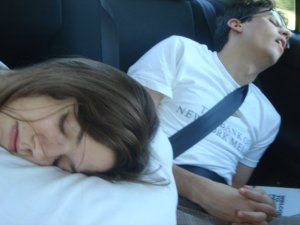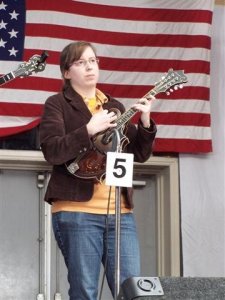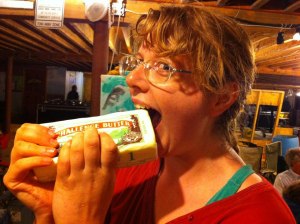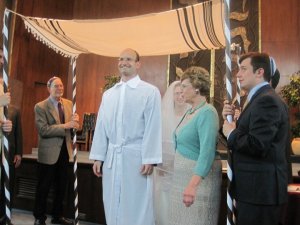I sit at the table deciding whether to use Earth Balance or butter on my vegan waffle.
You see, I’m lactose intolerant. I’m also soy intolerant. However, soy-free EB doesn’t contain soy, and butter doesn’t contain lactose. We compare the nutritional value of the two containers:
| Earth Balance | Butter | |
| Serving size | 14 oz. | 14 oz. |
| Fat | 11g | 11g |
| Sodium | 110mg | 110mg |
| Vitamin E | 10% | 0% |
| Vitamin A | 0% | 10% |
The difference is vitamin A or vitamin E. The butter contains cream, whirled and processed until only the milkfats are left. EB contains: Palm oil, canola oil, safflower, flax, and olive oil. Water, salt, natural flavor, pea protein, sunflower lecithin, lactic acid, and annatto for color. The butter comes from Pennsylvania. The palm oil in EB comes from Brazil and Malaysia.
Palm oil is actually this whole issue. Much (85%) of the world’s palm oil comes from Indonesia and Malaysia. It is also from Brazil, Columbia, New Guinea, Ghana, Borneo, and Sumatra. Plantations are sites of burned rainforests, destroyed for palm oil agriculture. Animals that are threatened, endangered, and critically endangered due to this profess include: Asian elephants, tigers, Sumatran rhinoceros and Sumatran orangutans. (The Orangutan Project)
But! EB doesn’t get their palm oil from those sources, so it’s all cool, right?
The question between Pennsylvania Butter and Global Earth Balance rapidly becomes more complicated once it moves beyond the fauna v. flora debate of sourcing. If we look at our scope beyond the daily life and relative suffering of a Pennsylvania cow and a Malaysian tree, the tree definitely has the better deal. We start looking at environmental effects–grass and orangutans, dairy farm workers and field hands, pollutants, CO2 production rates, the ability for me to pick which is better (or, let’s be honest, less bad) gets overwhelmed by internal debates of environmentalism, globalization, and moral economics. Nutrition (which should be my highest priority because taking care of myself ought to be my base metric for what I do (even though it’s not) is not an issue since the two substances are, basically, nutritionally identical.
I stop looking at the stick of butter and tub of earth balance and do the most reasonable, rational thing I can think of: douse my pancakes in Michigan maple syrup.










